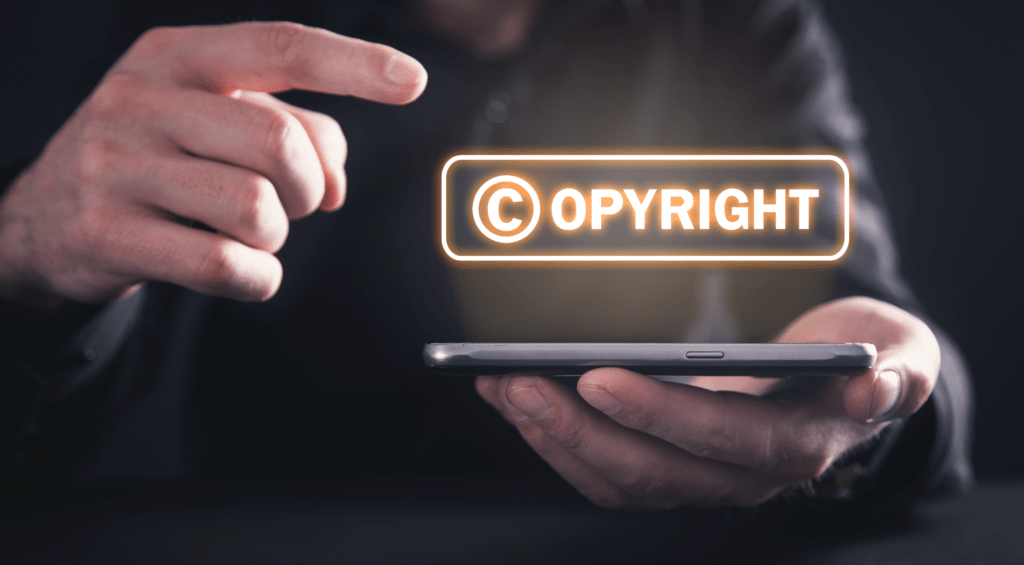In the ever-evolving landscape of software development and digital content creation, understanding the nuances of copyright law and copyright notice for software is paramount for protecting your work. Among these, the copyright notice serves as a beacon, guiding the public and asserting ownership over your creative endeavors. This blog post delves into the intricacies of copyright notice for software, its historical context, and its ongoing relevance in the digital age, offering a comprehensive guide for software developers and digital content creators.
Understanding Copyright Notice for Software
A copyright notice is a formal declaration that a copyright owner is claiming ownership of a work. Traditionally, this notice comprises three elements: the copyright symbol (©), the year of first publication, and the name of the copyright owner. For phonorecords, such as CDs or vinyl records, the phonorecord symbol (℗) is used.
Example: © 2021 John Doe
The responsibility of including a copyright notice for software falls squarely on the copyright owner. It’s a straightforward yet vital step that does not require permission from, or registration with, the Copyright Office.
Historical Context and Its Evolution
Copyright notice has undergone significant changes over the years, particularly with the shift in copyright laws before and after March 1, 1989. Prior to this date, failure to include a proper copyright notice could result in the work losing copyright protection in the United States. However, for works published after this date, copyright notice became optional, though still highly recommended due to its legal benefits.
The Legal Benefits of Including a Copyright Notice for Software
Including a copyright notice, while optional for works published after March 1, 1989, offers several advantages:
- Awareness: It informs the public and potential users that the work is protected under copyright law.
- Defense Against Innocent Infringement Claims: A visible copyright notice can prevent a defendant from claiming ignorance in a copyright infringement lawsuit, potentially limiting liability for damages.
- Identification: It provides essential information about the copyright owner and the year of first publication, which can be crucial for those seeking to use or license the work.
- Protection of Rights: It helps in safeguarding against the work becoming an “orphan work,” where the owner is unidentifiable, thus ensuring the copyright owner’s rights are protected over time.
 Applying Copyright Notice: Best Practices
Applying Copyright Notice: Best Practices
For software developers and digital content creators, applying a copyright notice effectively involves understanding the form and placement that best suits your work:
- Form: Ensure the notice includes the copyright symbol or word, the year of first publication, and the copyright owner’s name as a single continuous statement.
- Placement: The notice should be placed in a way that is permanently legible and not hidden from view, ensuring it’s easily noticed by the ordinary user.
Addressing Omissions and Errors
Mistakes happen, but the copyright law provides remedies for unintentional omissions or errors in copyright notice for software for works published between January 1, 1978, and March 1, 1989. These include registering the work with the Copyright Office within five years of publication or making reasonable efforts to correct the omission once discovered.
When Notice Is Optional
For unpublished works, foreign works, or works published on or after March 1, 1989, copyright notice for software remains optional. However, strategically using a copyright notice can still offer the legal benefits mentioned, providing an extra layer of protection and awareness.
Conclusion: Navigating Copyright Notice in the Digital Age
As we continue to navigate the complexities of the digital world, understanding and utilizing copyright notice becomes increasingly important. For software developers and digital content creators, this knowledge is not just about compliance; it’s about empowering yourselves to protect your creative and intellectual assets effectively.
In an era where digital works are easily disseminated and copied, a well-placed copyright notice acts as a shield, guarding your work against unauthorized use and ensuring your rights are clearly communicated and respected. By adhering to the best practices outlined in this guide, you can navigate the copyright landscape with confidence, secure in the knowledge that your digital creations are protected.
Los Angeles Copyright Attorney Consultation
Are you ready to ensure your software and digital works are fully protected? Contact L.A. Tech and Media Law Firm, founded by David Nima, Esq., one of the top technology law experts in the United States. Our team is dedicated to helping you understand your copyright protections and to implementing effective strategies for safeguarding your creations. Reach out today to secure the future of your digital works.


